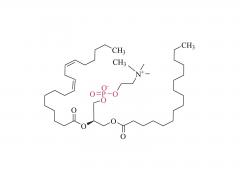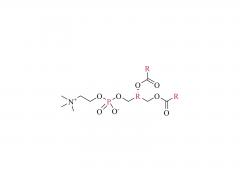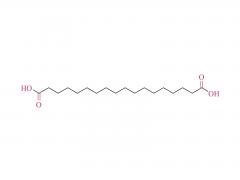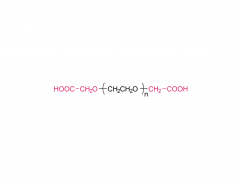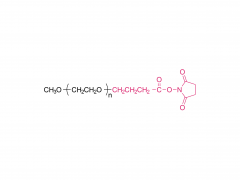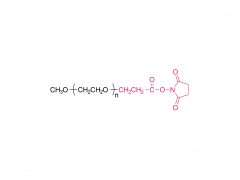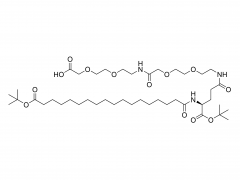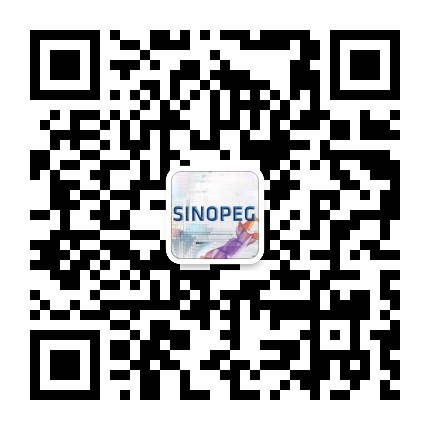Materials (Basel). 2018 Dec 24;12(1):53. doi: 10.3390/ma12010053. Tough and Elastic α-Tricalcium Phosphate Cement Composites with Degradable PEG-Based Cross-Linker Abstract Dual setting cements composed of an in situ forming hydrogel and a reactive mineral phase combine high compressive strength of the cement with sufficient ductility and bending strength of the polymeric network. Previous studies were focused on the modification with non-degradable hydrogels based on 2-hydroxyethyl methacrylate (HEMA). Here, we describe the synthesis of suitable triblock degradable poly(ethylene glycol)-poly(lactide) (PEG-PLLA) cross-linker to improve the resorption capacity of such composites. A study with four different formulations was established. As reference, pure hydroxyapatite (HA) cements and composites with 40 wt% HEMA in the liquid cement phase were produced. Furthermore, HEMA was modified with 10 wt% of PEG-PLLA cross-linker or a test series containing only 25% cross-linker was chosen for composites with a fully degradable polymeric phase. Hence, we developed suitable systems with increased elasticity and 5⁻6 times higher toughness values in comparison to pure inorganic cement matrix. Furthermore, conversion rate from α-tricalcium phosphate (α-TCP) to HA was still about 90% for all composite formulations, whereas crystal size decreased. Based on this material development and advancement for a dual setting system, we managed to overcome the drawback of brittleness for pure calcium phosphate cements. Keywords: HEMA; bending strength; calcium phosphate cement; composite material; dual setting system; free radical polymerization; hydroxyapatite. For more product information, please contact us at: US Tel: 1-844-782-5734 US Tel: 1-844-QUAL-PEG CHN Tel: 400-918-9898 Email: sales@sinopeg.com
View More










